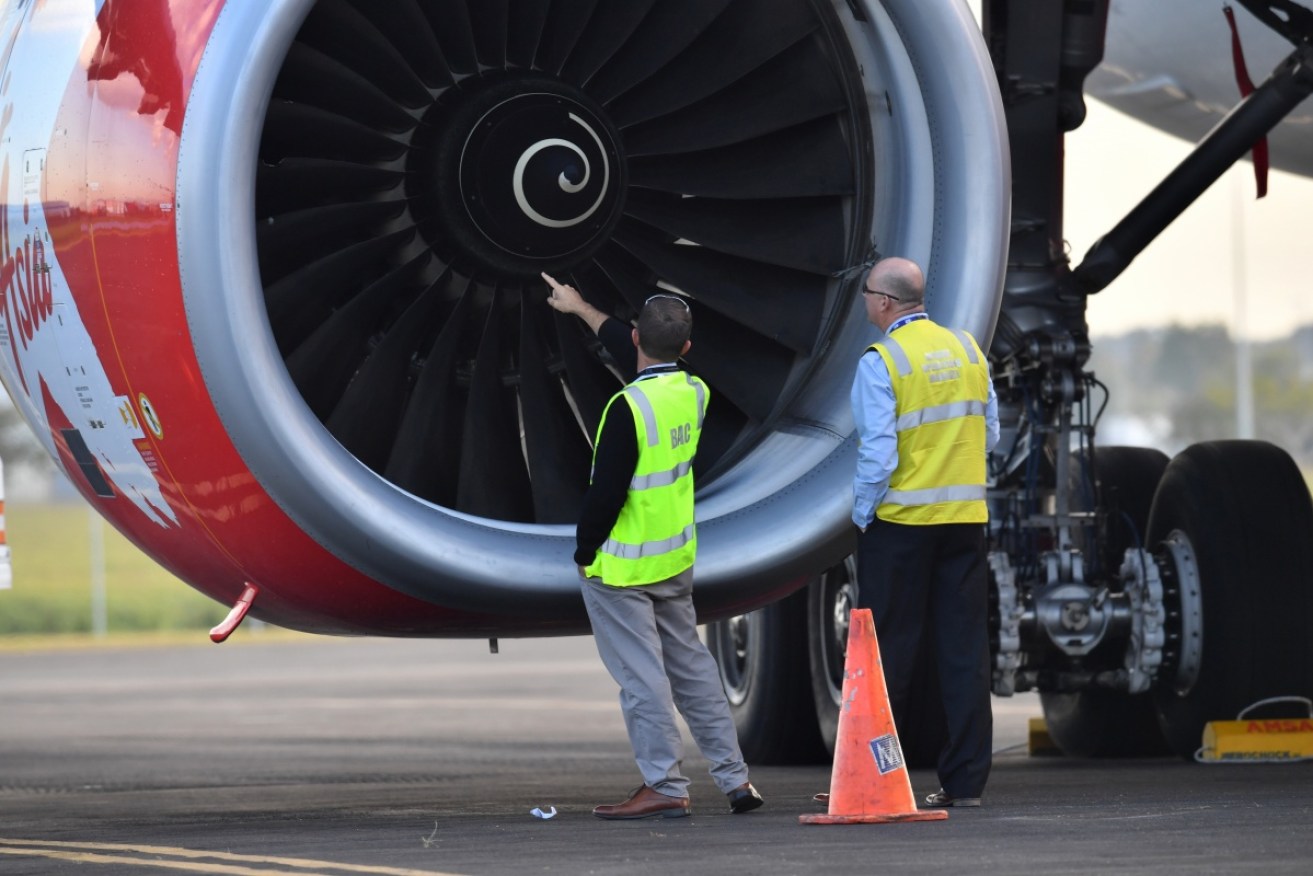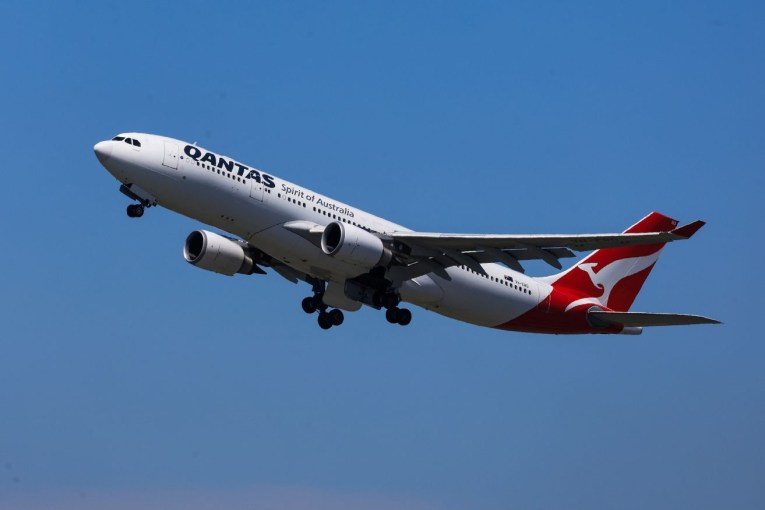Bird strikes: Feathered fiends can and do bring down jumbo jets


An AirAsia X flight was forced to make an emergency landing at Brisbane Airport after engine troubles attributed to a bird strike. Photo: AAP
The Australian Transport Safety Bureau (ATSB) has yet to confirm that the latest AirAsia X emergency was caused by a bird sucked into an engine – and for the moment are investigating engine failure.
AirAsia X Flight D7207 was carrying 345 passengers and 14 crew when it took off from the Gold Coast for Kuala Lumpur late on Monday.
The flight returned to Brisbane after the plane began shaking shortly after take-off, according to passengers who also reportedly saw sparks coming from one of the Airbus engine mounts. There were no injuries.
The Malaysian budget carrier said in a statement on its Twitter account the flight was diverted “after experiencing a suspected bird strike to its starboard engine shortly after takeoff”.
It said: “Two bird remains were found on the runway.”
However, Strategic Aviation Solutions chairman Neil Hansford, who consults with commercial airlines and airports, reportedly called the bird strike claim “suspicious”, noting the Gold Coast Airport “spent large amounts of money to keep birds away from the airstrip”.
Avisure, the company contracted to keep birds away from Gold Coast Airport, confirmed to the ABC remains of a bird had been found on the runway.
An investigation will confirm whether on not birds were involved.
Bird strike dangers
There were 16,069 bird strikes reported to the ATSB between 2006 and 2015, most of which involved domestic high-capacity aircraft. Eleven of those strikes caused significant damage to the aircraft.
Major airports are reporting a lift in frequency of strikes over the past two years. Birds are on the rise.
Most of the time, a bird flies smack into the windshield. As happened, in December 2015, when a bird believed to be a wedge-tailed eagle crashed through to the cockpit, colliding with the pilot of a Glasair Sportsman GS-2 cruising at 5500 feet near Bathurst.
The pilot suffered serious facial injuries and was left temporarily blind. He recovered sufficiently to land the plane safely.
The scary scenario for airline passengers is a flock of birds sucked into the jet engines, causing all power to be lost. It’s rare. Sometimes a small bird gets spat out the back with barely a shudder.

The bigger the bird, the greater the damage
In December 2015, during take-off from Brisbane airport, a Boeing 737 ingested a cattle egret into the left engine. The crew detected abnormal vibrations and returned to Brisbane. Engineers replaced two sets of fan blades. A cattle egret is a kind of heron, weighing up to 500 grams – the same as a tub of butter.
The Airbus A320 that famously landed with no loss of life on the Hudson in 2009 was brought down by a flock of geese that disabled both engines.
Consider this oft-reported calculation: A 5.5-kilogram, Canadian goose struck by an aircraft travelling at 240 kilometres per hour generates the force of a 455-kilogram weight dropped from a height of three metres.
It’s a big impact. Plane manufacturers test their engines for bird strike resilience by firing frozen and raw chickens into the blades.

A flock of Canadian geese was responsible for bringing down the plane involved in the famous Hudson River landing, which incredibly resulted in zero fatalities. Photo: AAP
Many airports use dogs or falcons or technological means to frighten birds away. Where bird populations are high around airports, culling takes place.
Injuries in Australia are rare and rarely serious: 10 injuries resulting from bird strikes were reported between 2006 and 2015.
Serious incidents have been in decline since the early 1990s with the advent of international Bird Strike Committees made up of representatives from local civil air authorities, airports and others pooling information and ideas as to how to counter the problem.
In 1996, the British Strike committee published Fatalities and Destroyed Civil Aircraft Due to Bird Strikes, 1912-1995, containing short descriptions of more than 50 aircraft written off and 190 people killed.
The US committee says that at least 262 people have been killed and 250 aircraft destroyed worldwide as a result of wildlife strikes since 1988. It’s not only birds to blame.
Bats, especially flying foxes, are also high on the list of Australian plane-strikers. And according to the ATSB, 12 aborted take-offs between 2006 and 2015 were caused by insects striking planes and causing blockages.
- All ATSB data taken from the report Australian aviation wildlife strike statistics, 2006 to 2015.








